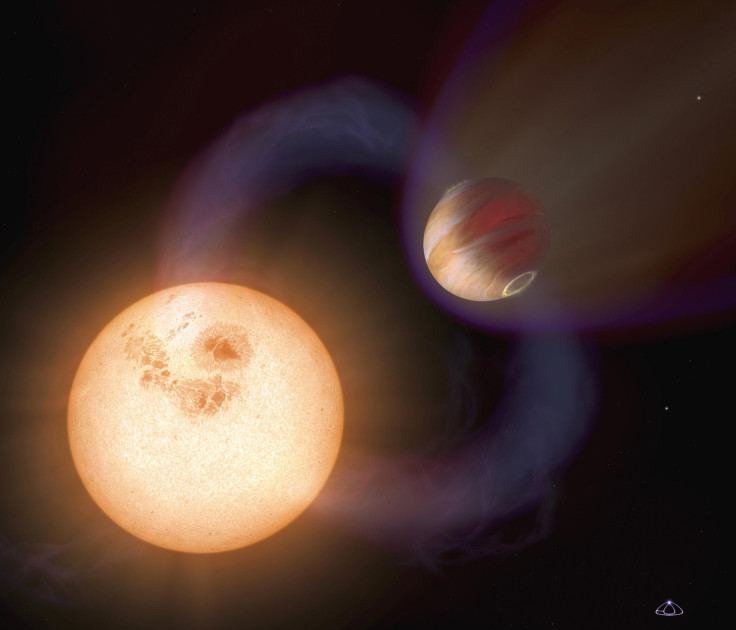Kepler Discovers 18 New Earth-Sized Planets; How Many Are Habitable?

After using a new method of analyzing data collected by the Kepler Space Telescope mission, scientists were able to discover 18 Earth-sized exoplanets. One of the planets they found could actually be habitable and might be able to sustain liquid water.
Since the launch of the Kepler mission, scientists have been using the space telescope to search for planets that orbit other stars and has the same size as Earth. In total, the mission has confirmed over 4,000 exoplanets in 3,033 systems. Over 650 of those systems contain more than one planet.
Despite the success of the mission, scientists from the Max Planck Institute for Solar System Research, the Sonneberg Observatory and the Georg August University of Göttingen believed that the figures compiled by Kepler are still inaccurate, according to Earth Sky.
The scientists noted that many of the exoplanets discovered by the mission are too large, mainly because they are easier to detect than smaller ones. This led them to tweak Kepler’s planet-finding capabilities by using a sensitive algorithm known as Transit Least-Squares.
Originally, the space telescope relied on the transit method, which allows astronomers to measure the amount of light that comes from a star as it gets blocked by a planet. Through the new algorithm, the transit method became more sensitive, which then allowed scientists to discover smaller exoplanets.
This led to the discovery of 18 new exoplanets, which are considered as the smallest detected planets so far. The smallest exoplanets are about 69 percent of the Earth’s diameter while the bigger ones are about twice as large as the planet.
Unfortunately, majority of the newly discovered exoplanets are inhabitable due to their extreme environmental conditions. According to the scientists, since many of the exoplanets orbit too close to their stars, their temperatures range from 212 degrees Fahrenheit to about 1,832 degrees Fahrenheit.
One exoplanet, however, was found orbiting in its star’s habitable zone. This means it may have a far more stable and safer temperature than the other planets. Dubbed as EPIC 201238110.02, scientists said this exoplanet may even hold liquid water.
The scientists’ findings were published in two different journals at Cornell University. The paper on the 17 uninhabitable exoplanets can be accessed here while the study on EPIC 201238110.02 can be found here.

© Copyright IBTimes 2025. All rights reserved.




















